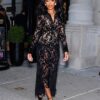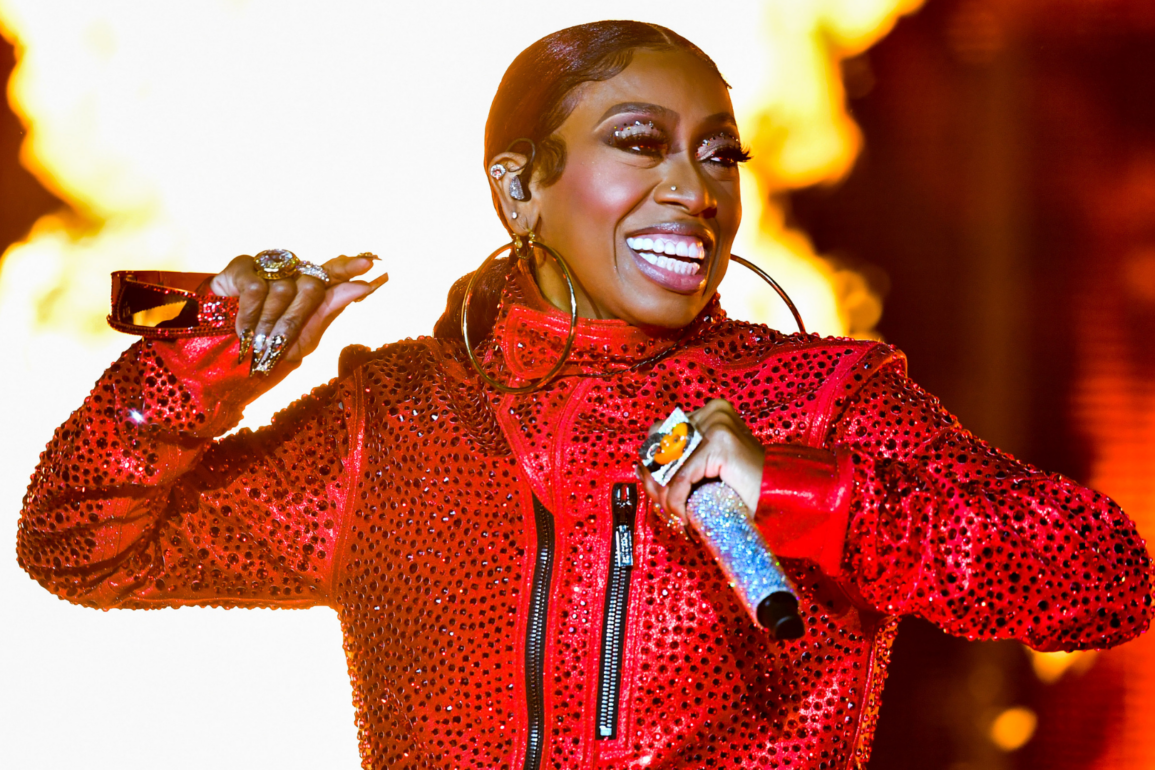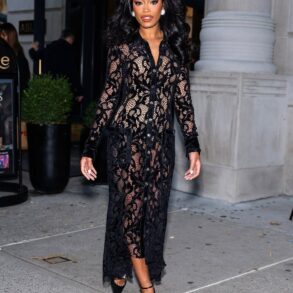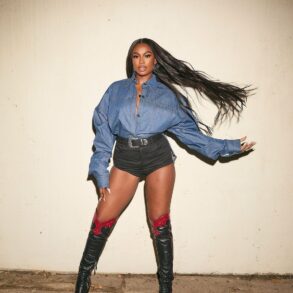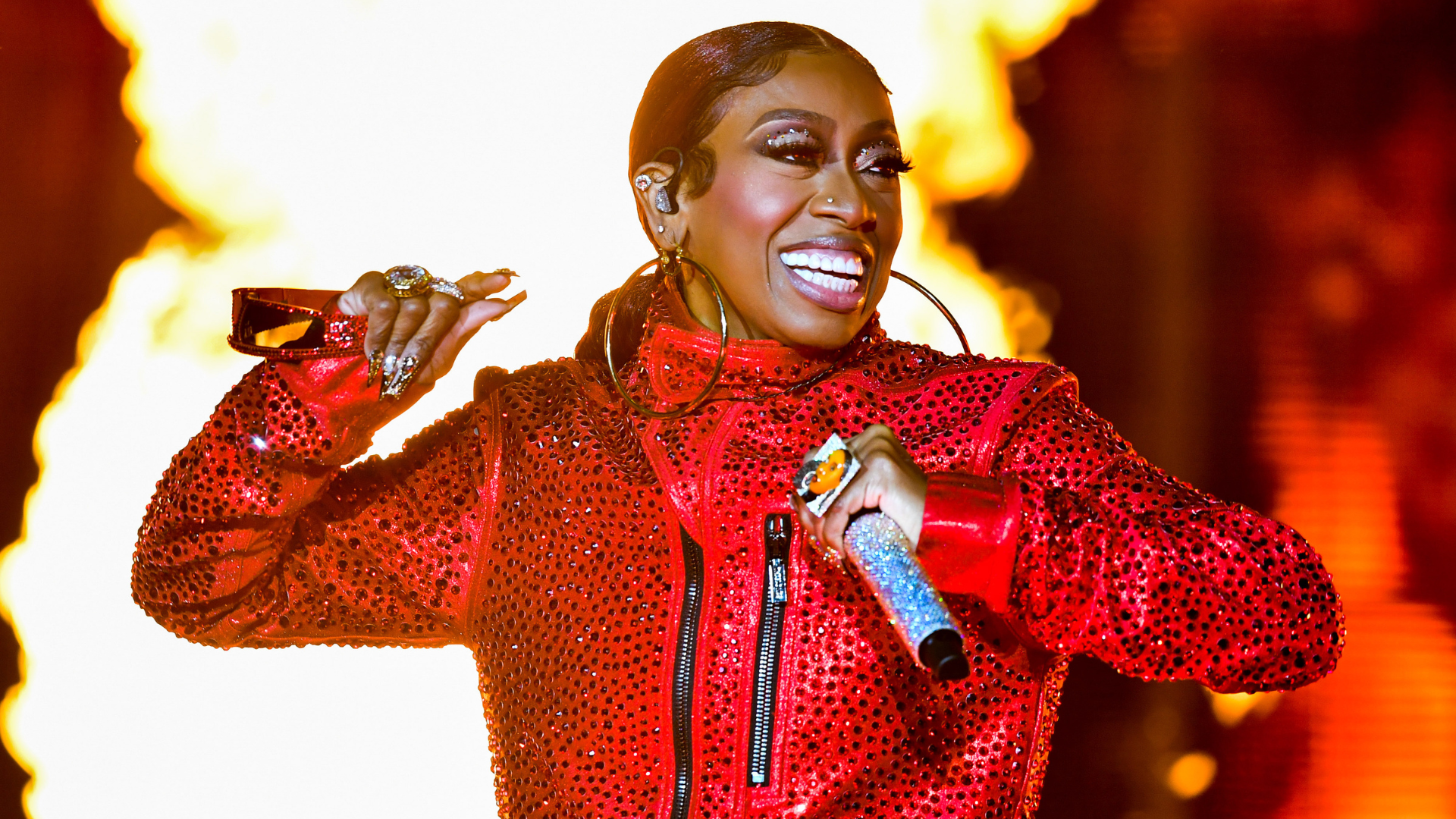
Missy Elliott has always done her own thing. So, if any artist deserves an official day, it’s her. Indeed, two years ago, Governor Glenn Youngkin recognized October 17 as Missy Elliott Day in her home state of Virginia. This level of acknowledgment typically comes about because of a figure’s resume. For Elliott, it’s her Grammy Awards, her donations to her alma mater, Manor High School, and many other awards from the conferring bodies of the entertainment industry.
We know her most deeply felt contributions to be more extensive. Her visceral resonance with overlooked Black women—bigger, dark-skinned, alternative, gender-impervious Black women is expansive. She’s inspired girls growing up in Harlem and budding rappers down South. And her fashion, figuratively speaking, is the well-embellished nail that fortifies her middle finger to the status quo.




Remember that black blow-up suit she wore in the video for “The Rain (Supa Dupa Fly)?” It’s so entrenched in our collective memories of Black costume because it was unprecedented. But to shrink or read that moment as mere concealment of a plus-size Black woman’s body would be too linear. Mecca Jamilah Sullivan, a novelist and English professor at Georgetown University, speaks to its prescience, observing that “some of those same lines and textures and angles are seen on runways.”
That aesthetic, she thinks, “was very much ahead of his time.” The video also exemplifies how the Virginia native toyed with visuals to produce something inventive and as an invitation into her inner world. Not often do Black women rappers get to do that or make such use of their platforms. The male-gazed exterior is what’s emphasized and celebrated, which Missy couldn’t be less interested in. She has shown that to be coy could be sexy and even transgressive.
June Ambrose, a stylist, costume designer, creative director, and the artist’s longtime costumer, divulged details of the Michelin Man-inspired suit. “It’s not about my [Missy Elliott’s] body. It’s about the movement. It’s about, you know, the ultimate universe in which her mind was in and out.”
Unlike her frequently immodest lyrics, the artist was “very modest about her body. She didn’t like showing off her physical,” June points out. Missy let the clothes tell the narrative—and a more interesting one at that. They told a story of Black interiority, of what the untamed mind can unearth, of what’s possible when we say to hell with hegemonies.
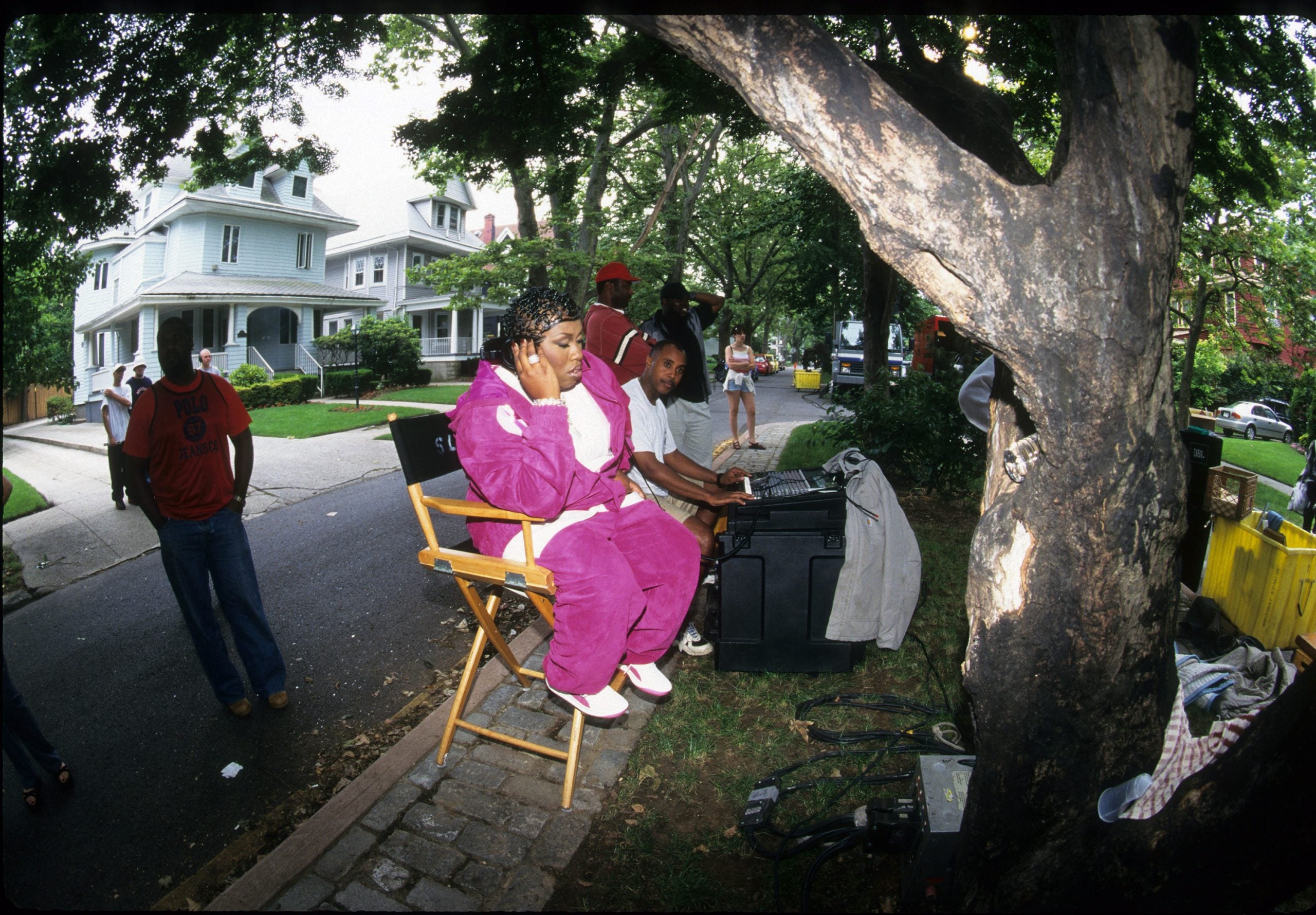



Our bodies are entangled with the garments that dress them, and how we interpret clothes is inevitably shaped by the anatomy that manipulates their form. And the Black body can render our fashion a contentiousness that Elliott has resolved with panache. “As a big Black girl from Harlem, it meant so much to see Missy’s body occupying space in the way that she does in that video,” Sullivan explains. “To see, you know, not only the movements of the big Black body but that the imaginative inner life of this woman was reflected through color, through movement, through the shapes and angles and lines visually on the screen. It opened up a whole world of big Black girl complexity.”
That’s what makes Missy Elliott’s contributions to the visual canon associated with hip hop so compelling and front-facing. There was a level of fearlessness that felt intrinsic. Additionally, with the creative partners, Ambrose and legendary director Hype Williams iconic videos ensued. And Elliott’s fashion prowess was carved out. The artist’s contributions to the global rap industry are momentous, especially with videos such as “The Rain (Supa Dupa Fly” and “Sock It 2 Me,” both directed by Williams. (Ambrose also served as a costume designer for both videos).
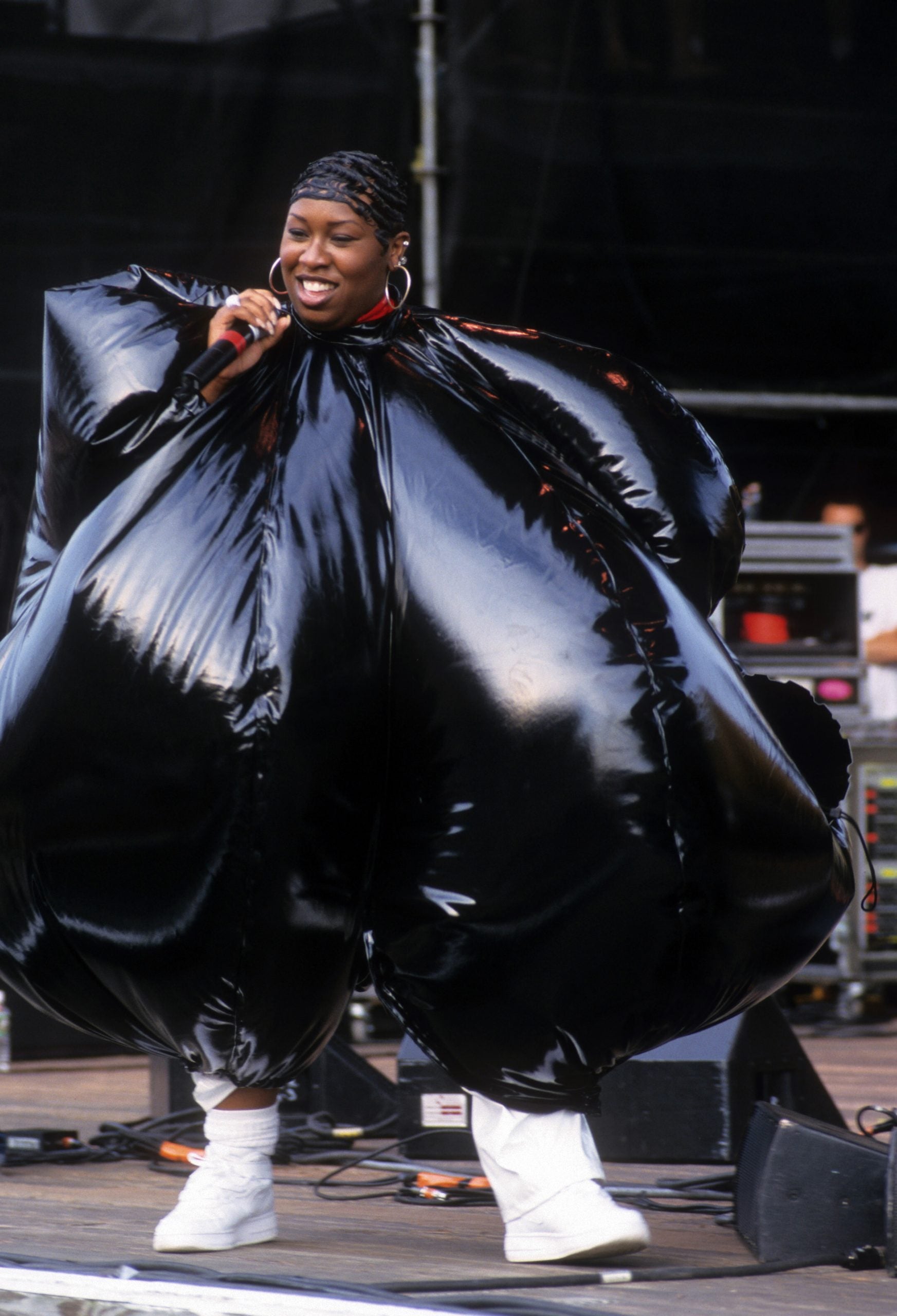



“She’s A B—h” showcased prosthetics in a downright eccentric light–but it pushed Elliott into a direction that further canonized her aesthetics. Boundaries were tested by the dynamic trio, Elliott, Ambrose, and Williams again on set in Burbank, California where this video was shot. Just like the music itself: sonically rich, theatrical, ingeniously narrated and visualized by a woman who manages to prevent gender while redefining femininity and, as a result, upturn the power structures of hip hop. You see, you’ve gotta work to even put your finger on it, to give language to it. That’s when you know you’re dealing with someone different.
The ballsy lyricist’s professional career also included a partnership with Adidas years ago in 2004. A signature collection spawned from this partnership which Ambrose also worked with Elliott on. Ambrose on this opportunity in the Complex Sneaker Show: “It was really important for Missy as an artist to be able to [have] a co-branding opportunity with a global brand like Adidas was groundbreaking.” June went on to share that she’d flipped their brand so many times and had taken creative privileges with their IP so many times with Elliott. “[While] always respecting the integrity of the mark and the sign-off, but they were flattered enough to give us a partnership.”
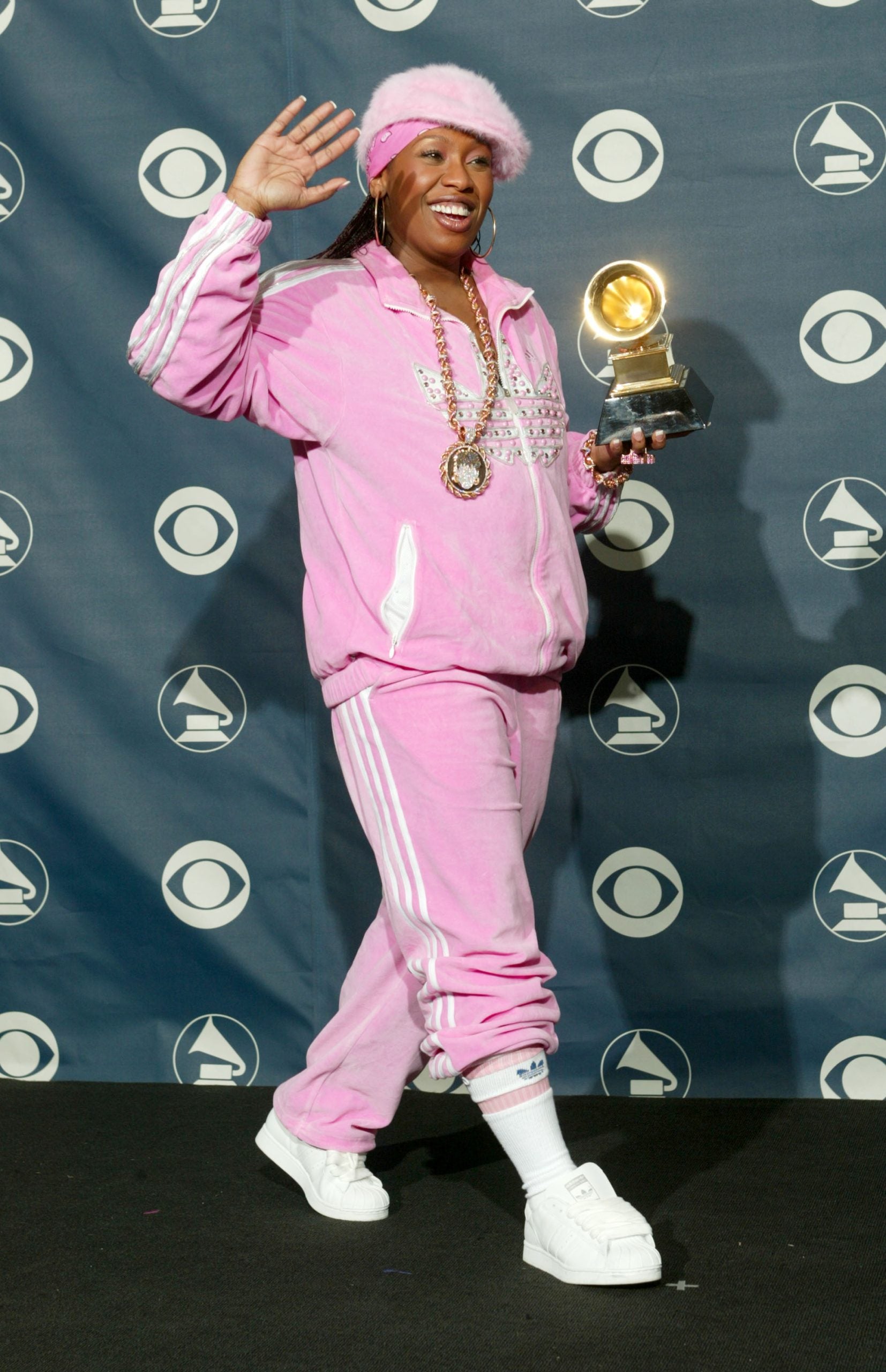



Drumming up that stand-out appeal has been deliberate for Missy and June as they’ve worked together over the years. Long overdue, Missy’s first-ever headlining tour, “Out Of This World–The Missy Elliott Experience,” kicked off this summer. The outfits she wore, designed by Mrs. Ambrose, herself a lover of the spectacle, were as bold and spacey and augmented as they were way back when. Among them were two bedazzled, multicolored space suit looks.
There was also an all-over neon graffiti getup worn with a big furry hat. My favorite was the dystopian one featured in the tour’s promotional, majestically capturing a Black, womanly otherworldliness concomitant with her performance. It’s as if each costume fits a character that she niftily slips in and out of while having them appear as one, because they are.
What she’s carved out for other Black women rappers and how they show up demonstrates her impact. I think of Nezi Momodu, the Dallas-based “Wordplay Queen,” and the way she takes up space: unflinching and in utter control.
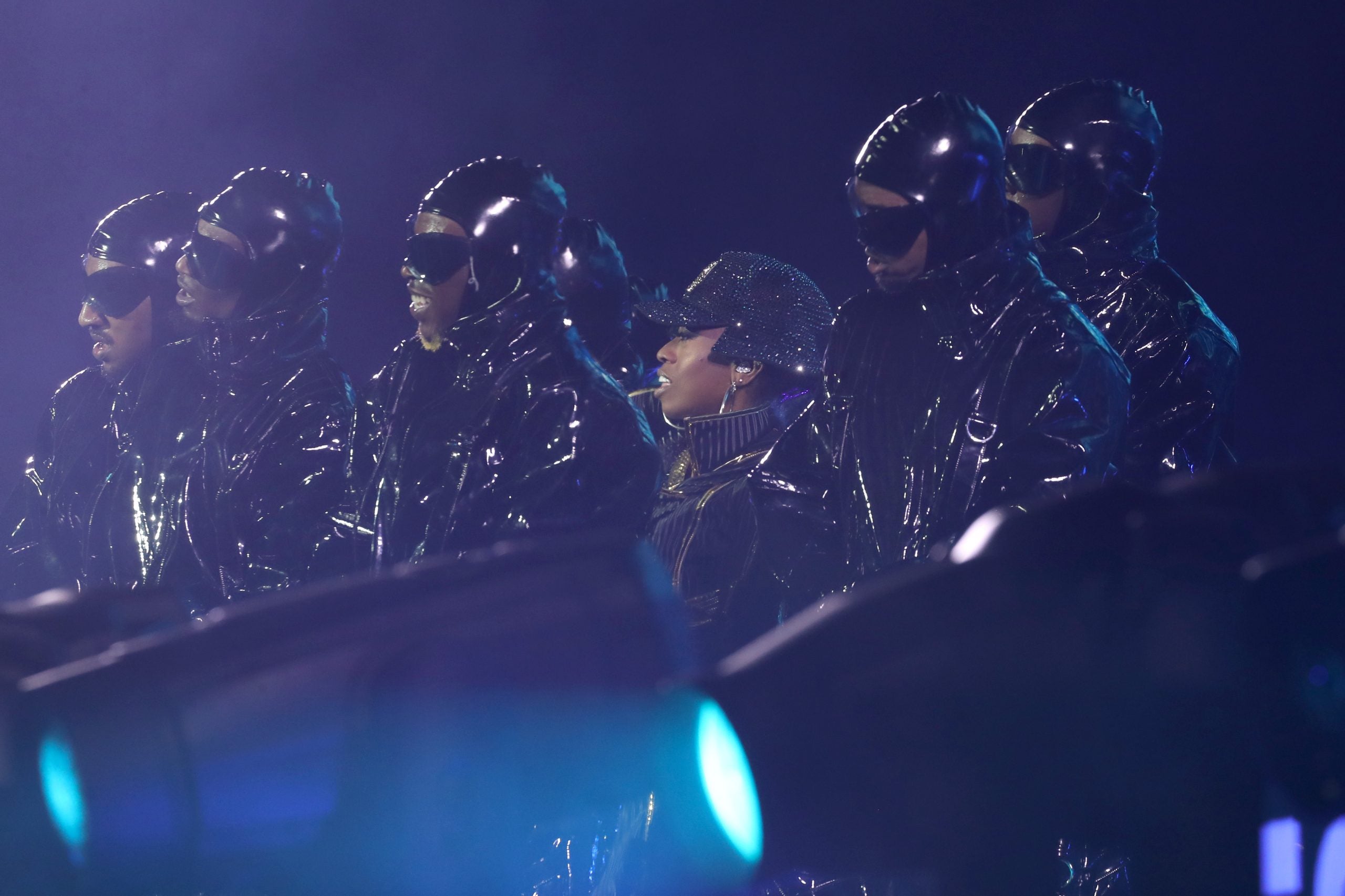



Elliott and Ambrose were living catalysts for women being able to forge relationships with power players in the fashion industry. “Look at female artists now. They have the support of all the big fashion houses doing all these over-the-top tour costumes for them. That’s from seeds that were planted by an artist like Missy Elliott,” June said. “We controlled the narrative. We took risks. We were bold and brazen.”
Can anyone match Missy’s freak? Perhaps not, but they damn sure ought to try.


